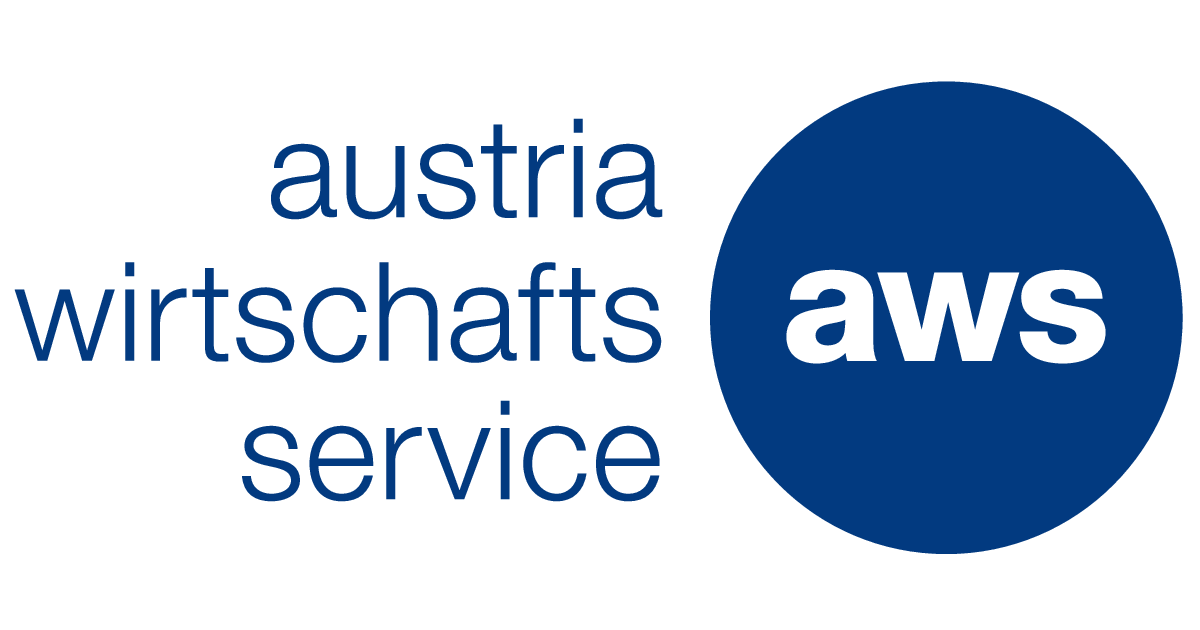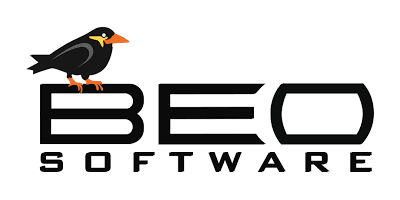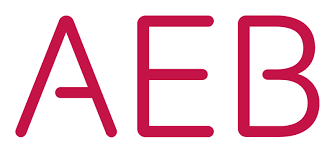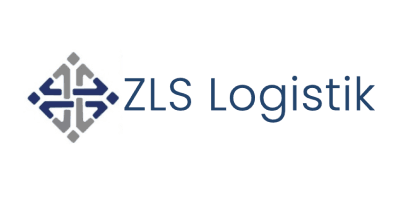How Useful is the Use of ChatGPT in Customs Part 2
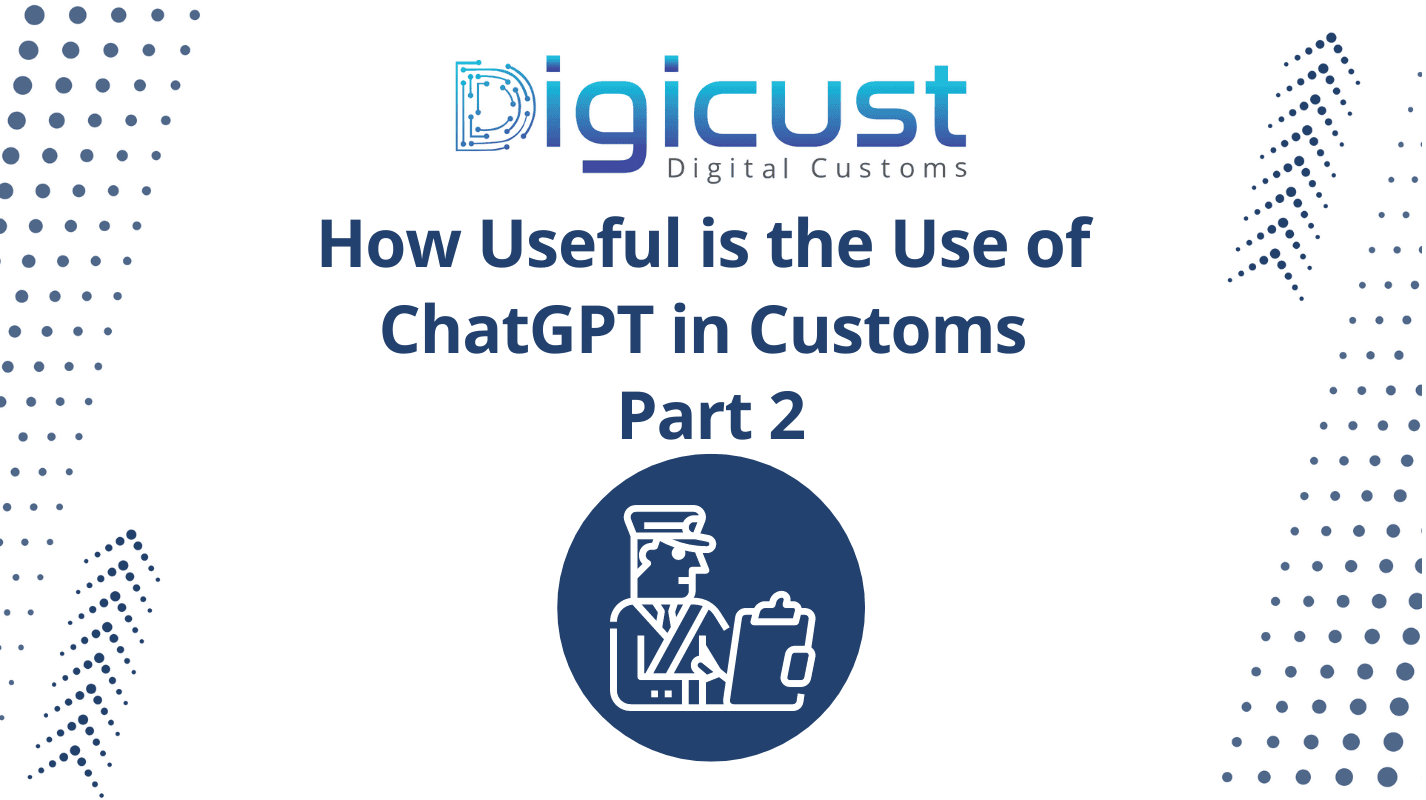
Application areas in customs
In the last part, we gave you an overview of the possibilities of AI in customs, this time we talk about what are the limits of AI in customs code classification and what are the alternatives to traditional applications on the web: Knowledge transfer Experts in the field of artificial intelligence are convinced that we are in the midst of a new era of knowledge transfer. Through the development of innovative teaching and learning systems, skills and qualifications can be integrated into companies in completely new ways. The needs of the youngest generations of learners have fundamentally changed. The so-called Generation Z has grown up in a digital world and places greater value on meaningful work and a work-life balance. Workplace design and knowledge transfer through AI offer an opportunity to attract and retain logistics professionals. However, unrestricted training through AI will only be possible once the technical teething troubles have been resolved.
Customs advice ChatGPT provides quite useful answers when it comes to simple customs advice or imparting knowledge. Similar to the well-known search engine Google, the chatbot provides information, but with the difference that it formulates complete answers. Customs terms can even be explained with source references if desired. In addition, the voice AI can play a supporting role when composing messages, applications or appeals to the customs authority, which is definitely evaluated positively. However, the functions should still be used with caution, but they are definitely suitable as an effective tool for increasing productivity. Image recognition The successor model GPT-4, which can now be tested by paying Plus customers (with an additional app), is able to recognise and interpret images, graphics and documents. This has not yet been tested extensively in the customs area, but the prospect of classifying goods with the help of images in the future is at least a little closer.
Multilingualism Multilingualism has also been expanded with the new version. GPT-4 is now said to be able to handle 26 languages. This is of enormous importance in foreign trade. However, its predecessor, GPT 3.5, still has certain limitations, which are evident in a certain error-proneness and simpler language processing. It is worth noting that ChatGPT currently still has a certain tonality and follows its own style, while GPT-4 is considered more creative in this respect.
In the next part, we will take a closer look at the challenges in customs and explore alternative approaches to AI-assisted customs code classification. Stay tuned!
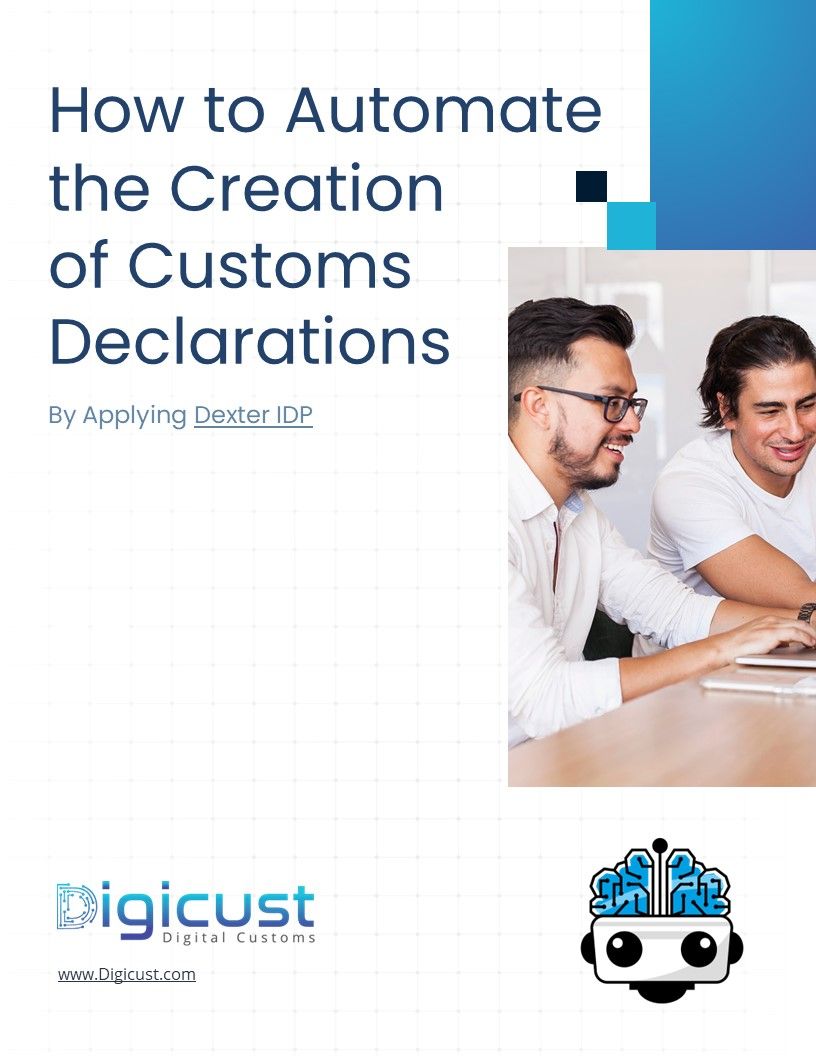
How To Automate The Creation of Customs Declarations - By Applying Dexter IDP
Learn about requirements engineering, benchmarking IDP providers, and automating customs declarations with Dexter IDP.
News from our Blog
Learn about customs clearance, foreign trade, our product updates and our latest achievements.

